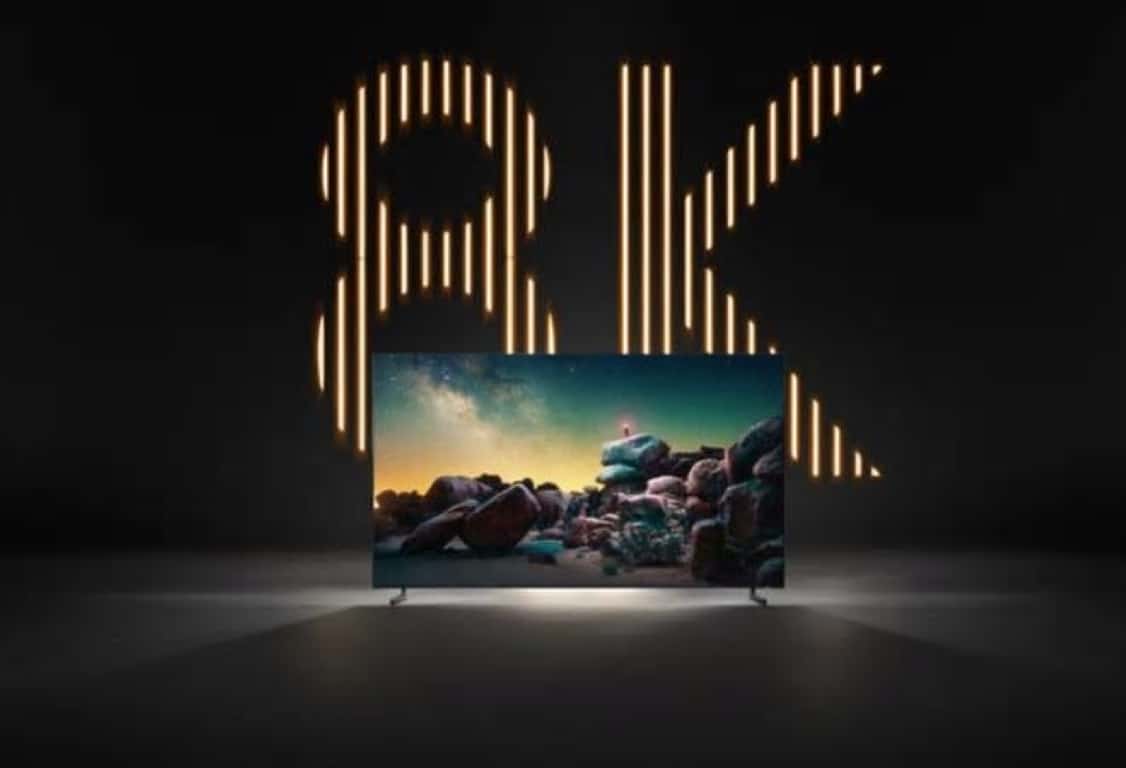After a long working week you decide that a good movie is the way to go. You smile at the idea that your favourite online movie provider is streaming content in all it’s Ultra High Definition Glory or 4K as they call it in the industry. However while waiting for the movie to buffer you reach for your phone to read the latest tech news. Your heart sinks… Samsung have now released 8K TV‘s here in Australia. You wipe that smile of your face because you come to the realisation that you’ve shelled out $1000’s for your new TV and it’s now obsolete!
So what it 8K?
8K packs in 7,680 pixels in a dimension of 7680×4320. This format is known as 4320p. Therefore 8K has twice as many horizontal and vertical pixels as the 4K unit which is almost 16 times more pixels as the Full HD.
Currently there is very little 8K being produced and broadcast. Earlier adopters of 8K in Japan, namely NHK, have started to broadcast non-fiction type content. In order to gain the maximum benefit out of 8K you’ll need a screen larger than 65″ (inches). This might not be be practical in Japan where living space is at a premium but better suited to an Australian environment. NHK is most likely to broadcast major events in 8K such as the 2020 Olympics.
The return of the “Buffering’
Online content streaming companies like Netflix have only just caught up by streaming movies in 4K. The bandwidth required for 4K is well within the capabilities of the current NBN infrastructure. However 8K requires more, in fact it demands at least 50Mbs to 70Mbs of your Internet connection based on a recent YouTube 8K trial conducted. This might be a stretch for your NBN connection and localised bandwidth as it will be in contention with your next door neighbours use of their Internet. The more people using the Internet in your area the slower your connection becomes.
Worth forking out your hard earned cash?
We’re a decade away from having usable 8K content for the Home. We will see early adopters such as advertising signage companies or cinemas use this technology. So it’s a wait and see. But for now, keep your wallet in your back pocket.











